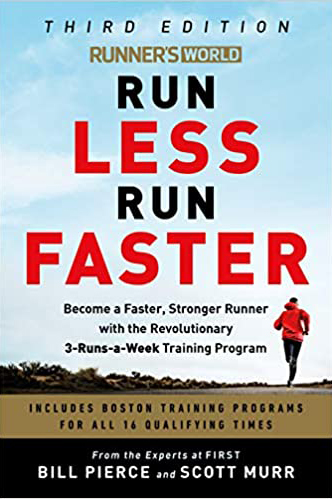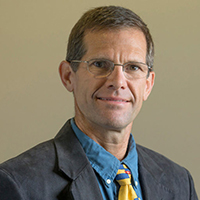Still Running: Professors’ book enters third edition with updated workouts for speed, safety
It’s one thing to tie your shoes and hit the pavement; it’s another to do it with science behind you.
“Run Less, Run Faster,” puts the shoes and the science together. The third edition of the book by Bill Pierce, health sciences professor emeritus, and Scott Murr ’84, assistant professor of health sciences, was released on Jan. 19.

Professor Emeritus Bill Pierce.
Pierce and Murr have completed more than 5,000 training runs together, beginning when Murr was a Furman senior and Pierce joined the faculty. Today, Pierce is retired after 36 years in Furman’s health sciences department and Murr teaches in the same department.
Their book, first published in 2007, offers detailed workouts designed to improve the variables in a runner’s performance while reducing risk of injury, especially from overtraining. It includes specific plans for novice, intermediate and experienced runners with goals ranging from a 5K to a marathon.
Pierce said runners tend to be disciplined, motivated people with a “tell me what to do, and I’ll do it” mindset. The book caters to that. “For 16 weeks, you don’t have to think, you just have to do,” he said.
Pierce and Murr have each run more than 40 marathons, including the Boston Marathon, which Pierce has run in five different decades.
“We became convinced that our training programs were something we could share with others,” Pierce said.
The programs also are tied to the classroom: Furman students assist with research in the department’s Human Performance Lab, where runners can come for personalized assessments and feedback.

Cover of “Run Less, Run Faster.”

Assistant Professor Scott Murr.
A few key points before you tie your own laces:
- Running requires a plan. (And “I’ll run every day” is not a plan.)
- Running is one of the most widely accessible physical activities, requiring little more than shoes, shorts and a t-shirt.
- Running is as much science as it is sport. The best workouts purposely improve a specific variable that impacts performance, such as oxygen consumption, running gait or lactate threshold.
- Running mileage is the greatest predictor of injuries. “Run less” doesn’t mean train less – it means alternating runs with cross-training workouts that reduce impact and lower the risk of injury.
- Running less can be more effective than running “junk miles” as an approach to healthier, stronger and faster running.